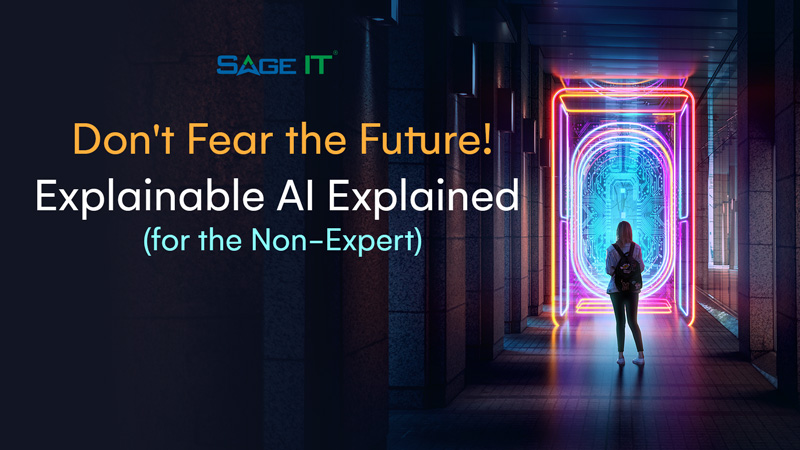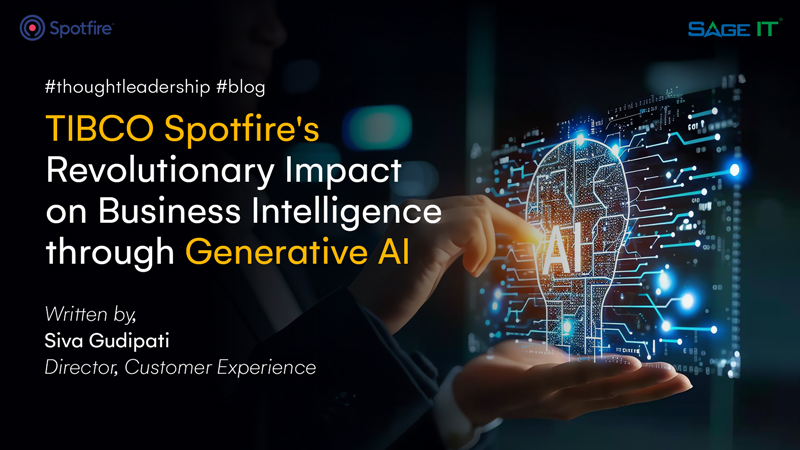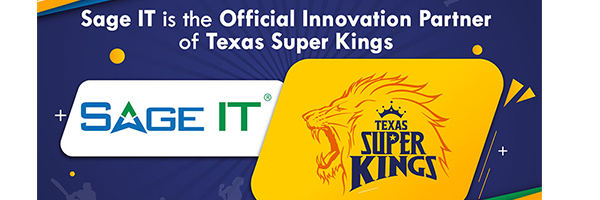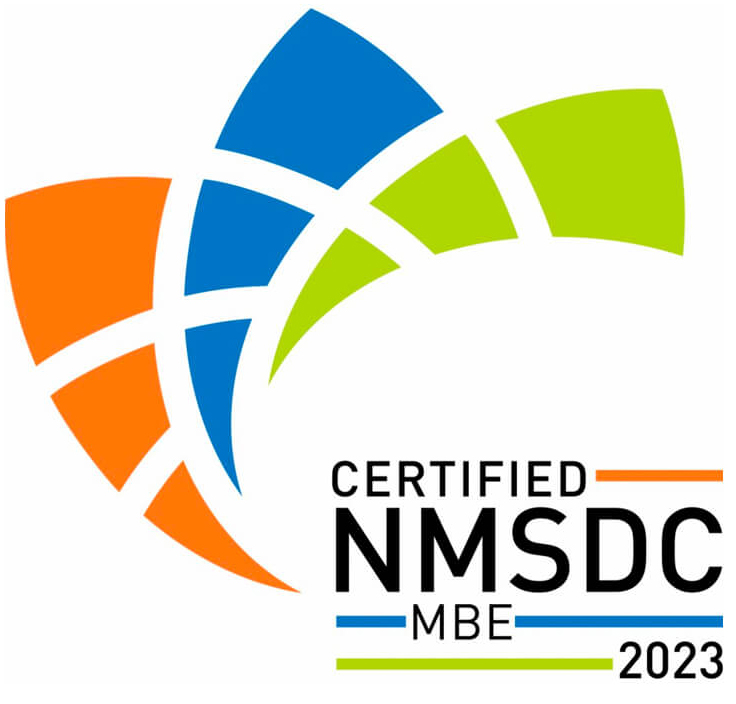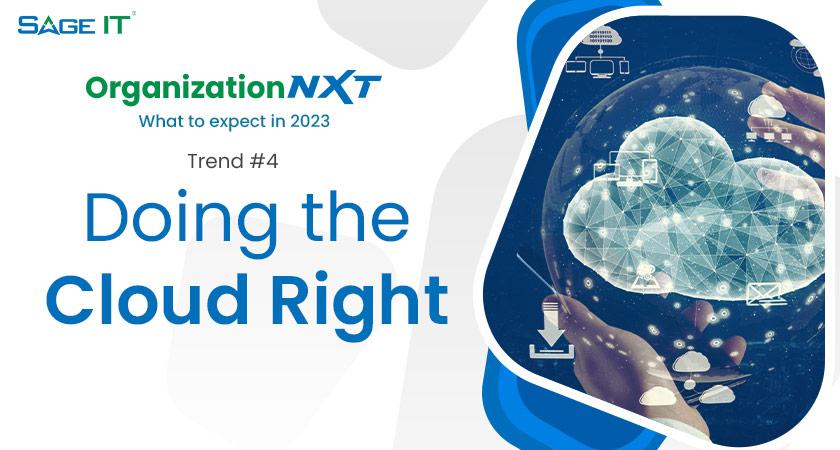
As the foundation of an effective digital transformation, cloud technologies are a de-facto today. Organizations looking to adopt, migrate to or integrate their operations with the cloud should find the best fit – for balanced and sustainable results for the business. After undergoing a forced digital transformation where, cloud technologies were adopted in disaster mode, it is time to look back and check whether organizations have done the cloud right? If not, it’s time to do that now. By leveraging cloud services, they can improve collaboration, security, scalability, and agility. They can also upgrade their cloud-based solutions on-demand, to meet the new needs. A consolidating partner thar provides multi cloud enablement & support with clearly defined assessments, can come up with a strategy that can ensure uninterrupted execution. Cloud cost management with real time insights and dashboarding, along with observability and analytics, can give businesses a clear picture of what needs to be done.
Reign of hybrid & multi-cloud
A ‘Cloud-first’ trend, where use cases are tried on digital avenues first, is popular with start-ups, and even larger organizations might look in that direction as the investment in technology is much lower, and the scalability is much faster. That does not mean even larger organizations are moving cloud-only; they keep core and critical business applications on-premise, and move CRM, analytics and other non-critical workloads/applications to cloud. They also enlist multiple public cloud services, from different cloud providers – either for arbitrage, or for the specific services provided by operators.
Unlocking the benefits of containerization
Containerization addresses the need for faster delivery and agility, while adding portability and modernization, along with life cycle management. As hybrid workplaces become common, the need to use tools online only increases – and to make applications ready for cloud existing applications should move to microservice based architecture – and according to a report by Gartner, 75%+ global organizations are expected to be running containerized applications.
Sharpening the edge of computing prowess
As more and more data gets generated, thanks to the multitude of devices we use – more of it becomes obsolete too by the time it is used. That’s why it is important to have the devices – process the data they collect on the go, so that right insights are unveiled. With driverless cars slowly going mainstream, edge computing can be relied on for adaptive traffic controls.
Securing cloud and its environment
Data protection is a responsibility of every employee, but mistakes and errors happen. With more touchpoints with the advent of hybrid work, organizations need to be extra careful about how they handle exigencies. The encryption provided by cloud service providers can be sufficient to thwart the efforts of malicious entities, but using the data and insights generated, can simplify the process of identifying attacks and can show ways to safeguard data.
Conclusion
The speed at which digital transformation is taking hold in the Silicon Age can not only be attributed to the change forced by the global pandemic, but also to an increased awareness about the benefits of adopting technology in various industries. Technology continues to be the primary impetus to change in the world. Learn about the rest of the trends in technology in our Trendsbook 2023 called OrganizationNXT.
Talk to us >> [email protected]

